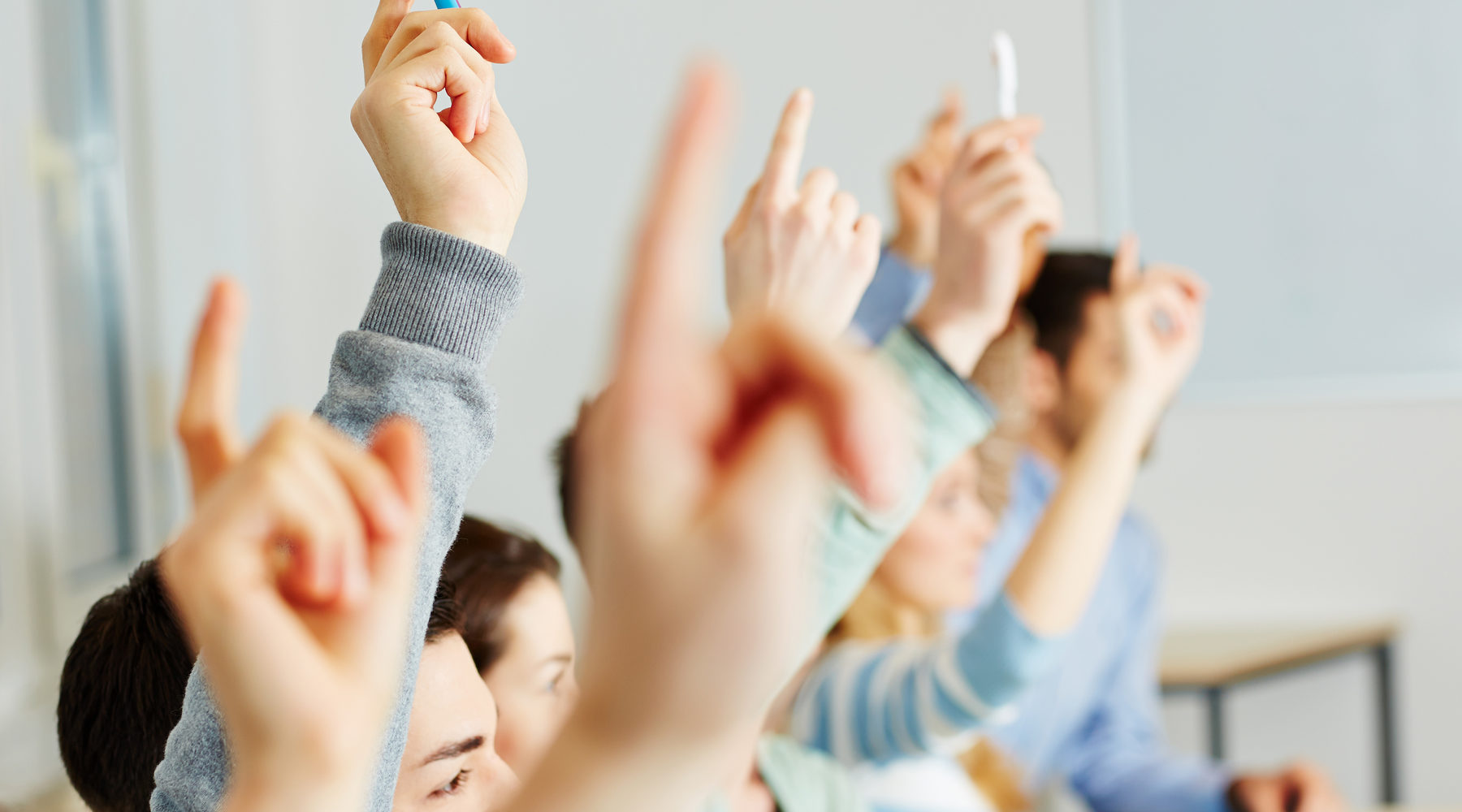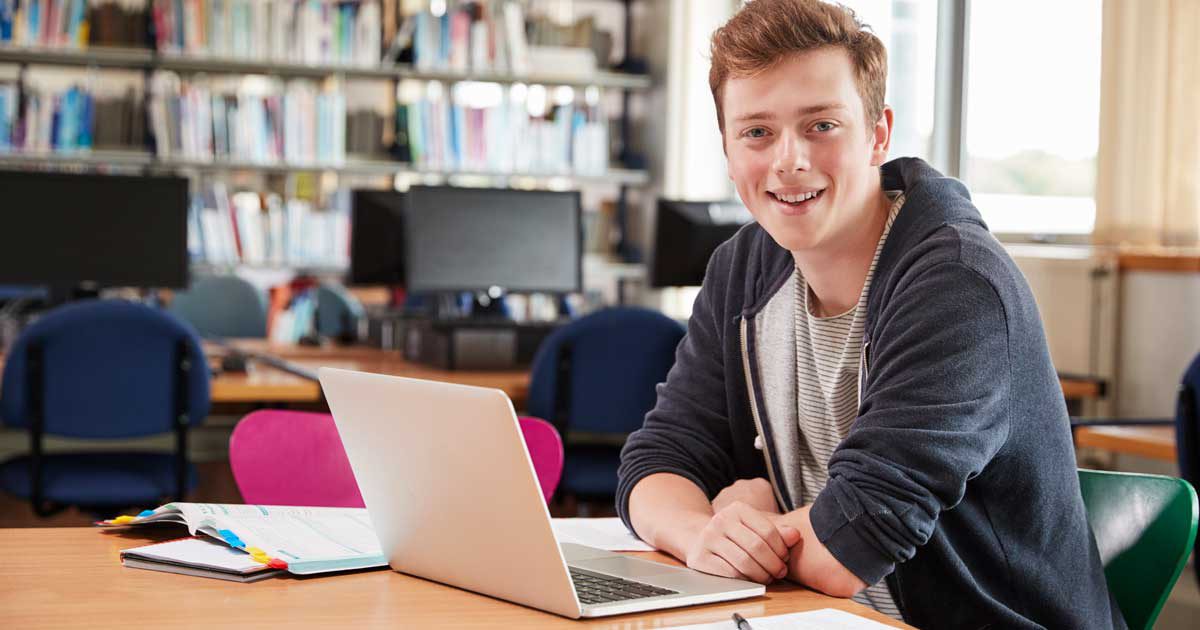
It's a return to the classroom like no other. How can we help students make a successful transition? Leading clinical psychologist Andrew Fuller outlines his seven priorities to help their journey.
Trial, Turbulence, Transition and Transformation –this is the cycle of change we have all been going through.
Trial
We have all been through an incredible alteration of lifestyles. This has brought with it increased stress and times of exhaustion. While these feelings may lessen in the coming months, they will still occur, though hopefully less frequently.
Turbulence
I have outlined in recent papers the cycle of feelings that most people go through during these times:
These phases of reaction may repeat several times before we are through these times.
Transition
As if we haven’t had enough jolts and changes already, now we all need to adapt back into in-school learning. Let’s talk about how to make that transition as smooth and as successful as possible. (I look forward to writing about the opportunities for transformation soon).
Priority Number One – The sleep cycle
Sleep changes are a common affect of the recent times. Dreams change, schedules shift.
It is time to re-establish a more usual sleep cycle.
If you have ever experienced jet lag after travelling across time zones, you may know that it will take at least one day for each hour of time difference. For example, Melbourne is nine hours ahead of London so as a general rule of thumb you can expect nine days before you feel fully in the local time zone. Depending on how out of whack your sleep has been, try to give yourself the time to re-adjust your sleep cycle before returning to school.
What sets our sleep cycle most powerfully is ‘first light, first bite’. Get up at the time you would need to on a typical school day and eat breakfast soon afterwards. If you can, go for a walk outside or at least sit near a window.
Getting your sleep cycle back into sync with the school and work day improves learning and mental health.
Priority Number Two – Can’t wait to see you
One of the main things that helps us all to transition back is knowing there is someone there who is wanting to see us. We all look forward to catching up with good people and having some fun. Reaching out and making contact with school friends and specific teachers sets this up.
Priority Number Three – Safe and certain
We are all in the care of one another. There needs to be a clear understanding that we intend to keep everyone safe and well and have planned as much as we can, for this outcome.
This means we need to have a plan if someone feels unwell either physically or by feeling scared or apprehensive.
These are the times when communities need to draw together to support everyone. Consider developing a list of FAQ’s (frequently asked questions) and making the answers accessible to everyone.
In these times, ambiguity is our enemy and will increase anxiety. Clarity is our friend.

Priority Number Four – Restart the year
We are not looking at a resumption of the year. Most of us have had quite enough of 2020 already. What we are looking for is a whole fresh start. During the turbulence, priorities and lives have been re-structured. Social connections have changed.
The orientation we need to do now is to form new connections, and to renew our attitude towards learning and success.
Limbering up for learning will involve rekindling friendships, warming up our curiosity and stretching our imaginations. We will all need a few practice runs before we feel we can safely regain our full stride.
Priority Number Five – Plan for success
Given that the shape of the year has changed more than any of us expected, we need to plan for success. A way to do this is to assess each young person’s learning strengths at My Learning Strengths. The full report can be used to establish a personalised learning plan for the next six months.
For senior students the risk is feeling than the year has got away from them and they feel they cannot succeed. Clearly this is not true. Firstly, they have all experienced the same setbacks. Secondly, there is plenty of time to catch up and succeed. Clear systems and plans will outdo slogging themselves into a frenzy or giving up.
Priority Number Six – Less really is more
It is understandable that some people will feel in a rush to make up for the time and opportunities missed in the early part of the year. Cramming in as much as possible to make up for lost time is a compelling idea. It is also a certainty that if we do this, it won’t work.
Given the upheaval of past months, rushing too much or putting too much in place too early is a recipe for exhaustion, disenchantment and disengagement. While we are back in business, easy does it. Taking our time now to slowly rebuild a sense of success will pay off. Take it slow and make it fun! We have all had more misery than we need this year.
Priority Number Seven – Review
About five weeks after the resumption of school-based learning, we need to schedule time to review the process of re-integration. This needs to be an individual check-in of the pluses and the minuses of the experiences, what people feel has worked well (as well as what hasn’t) and a re-assessment of what we think is going to help in the future.
The results of this review will enable us to shift to the next phase of the year: transformation.
About Andrew Fuller
Andrew is a clinical psychologist specialising in the wellbeing of young people and their families.
He is the author of START (School Transition and Resilience Training).
Stay in touch with Andrew on Facebook, on LinkedIn, through his website and on the My Learning Strengths website
More than 11,000 students have discovered their learning strengths over the past year.
Andrew’s most recent books are:
Your Best Life At Any Age and Unlocking your Child’s Genius.
Subscribe


